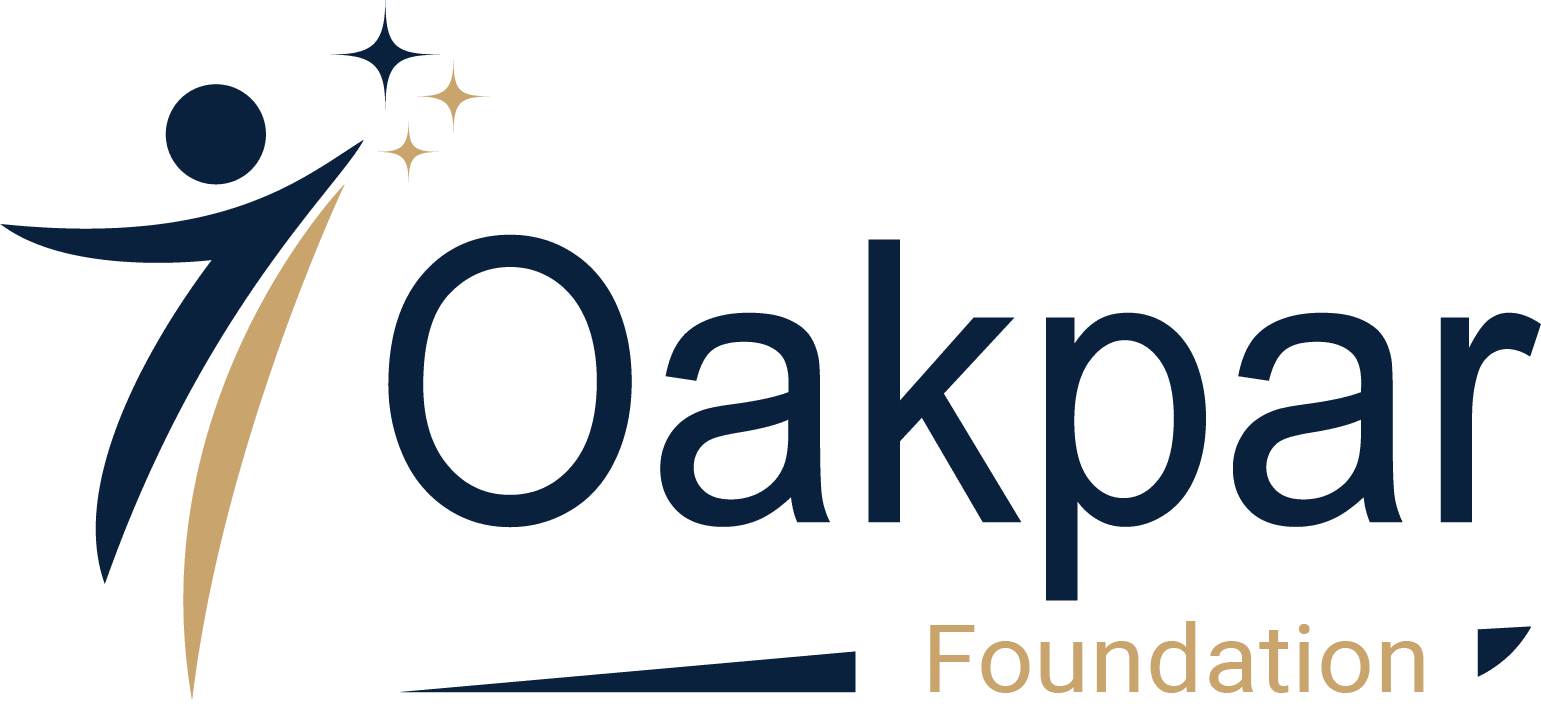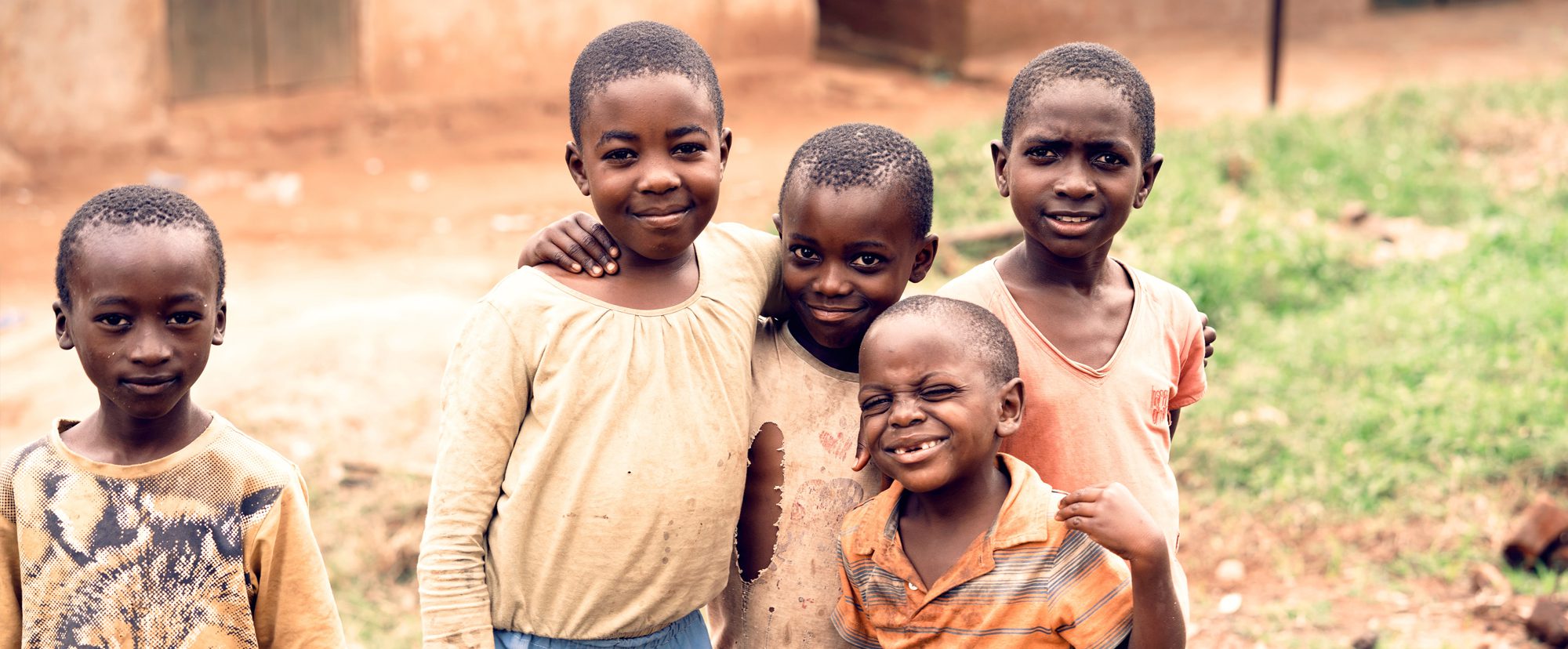The Global Multidimensional Poverty Index (MPI) is an essential international tool that measures acute multidimensional poverty in more than 100 developing countries. First developed in 2010 by the Oxford Poverty and Human Development Initiative at the University of Oxford and the United Nations Development Program (UNDP) Human Development Report Office, the MPI creates guidelines for meeting the Development Goal Sustainable Development Goal 1 (SDG 1), holding member countries of the United Nations (UN) accountable for their resolve to end poverty in all its forms everywhere.
MPI's global information platform includes interconnections built from extensive analysis of the deprivation profiles of poor people in 111 countries, located primarily in developing regions. For the first time, this report presents deprivation profiles and, through case studies in the most affected countries, directs the actions that can be applied from the collected data. The Index provides a comprehensive framework for understanding multidimensional poverty by offering a richer and more detailed view of poverty, taking into account not only income but also factors such as health, education and standard of living. In addition, the global MPI can be a powerful tool to help governments identify the needs and challenges faced by different groups of people, and plan and implement specific policies and programs to address those needs.
The MPI provides unique insights into resource scarcity conditions and how they vary across different ethnic groups, urban and rural areas, and subnational locations. By identifying who the poor are, the nature of their poverty (their deprivation profile) and how needy they are (deprivation score), the global MPI complements the international poverty rate – which today is set at a minimum US1TP4Q1.90 per day per capita—and guides decision-makers on specific interventions that will be meaningful for individuals and families experiencing resource deprivation. Integrated, multisectoral policies can not only lift millions out of poverty, but also lessen the burden of people living in poverty, enabling them to overcome multiple deprivations at the same time.
The 2022 Global Multidimensional Poverty Index
The 2022 Global Multidimensional Poverty Index presents a complex and challenging picture of poverty around the world. With 1.2 billion people living in multidimensional poverty, that is, suffering from deprivation in several dimensions such as health, education and basic sanitation, the task of eradicating poverty is immense. Here are some data pointed out by the MPI:
- Of the 81 countries with trend data, which cover approximately 5 billion people, 72 experienced a statistically significant reduction in absolute terms in the MPI value during the analysis period, which comprises the years between 2019 and 2021.
- In 111 countries, 1.2 billion people – 19.1% – live in acute multidimensional poverty. Half of these people (593 million) are children under the age of 18.
- The developing region with the largest number of people in need is sub-Saharan Africa (nearly 579 million), followed by South Asia (385 million).
- Nearly half of the poor (470.1 million) are in need of both nutrition and sanitation, potentially making them more vulnerable to infectious diseases. Furthermore, more than half of the poor (593.3 million) lack both cooking fuel and electricity.
- Deprivation profiles vary by developing region. A poor person in South Asia is more likely to experience deprivations in nutrition, cooking fuel, sanitation and housing, while a poor person in sub-Saharan Africa is more likely to experience these deprivations and still suffer from lack of access to clean water and electricity. .
- Poverty is multidimensional and its various dimensions are interdependent. Lack of access to basic services, such as clean water and sanitation, can affect a person's health, making them more susceptible to illness and limiting their ability to work and earn. A lack of education and employment opportunities can perpetuate a family's poverty for generations. Therefore, effective policies to combat poverty must address its various dimensions in an integrated and coordinated manner.
- The magnitude of existing sets of deprivations reveals the fragility of poverty in the current context. The existing deprivations framework is likely to magnify its impacts as food prices rise (further affecting malnutrition and living standards), energy prices rise (affecting access to clean fuel for cooking) and will limit the effectiveness of development strategies centered on closing the digital divide (actions impossible without affordable electricity).
Data presented by the Global Multidimensional Poverty Index 2022 are alarming and highlight the need for urgent action to combat poverty in all its forms. It is important that governments, international organizations and civil society join together in coordinated efforts to tackle extreme poverty, which affects more than 1.2 billion people around the world. Policies that address the interdependent dimensions of poverty, including education, health, sanitation, nutrition and access to basic services, are essential to eradicating poverty and building a more just and equitable world. Achieving SDG 1 of eradicating poverty in all its forms is critical to achieving a sustainable and prosperous future for all.




